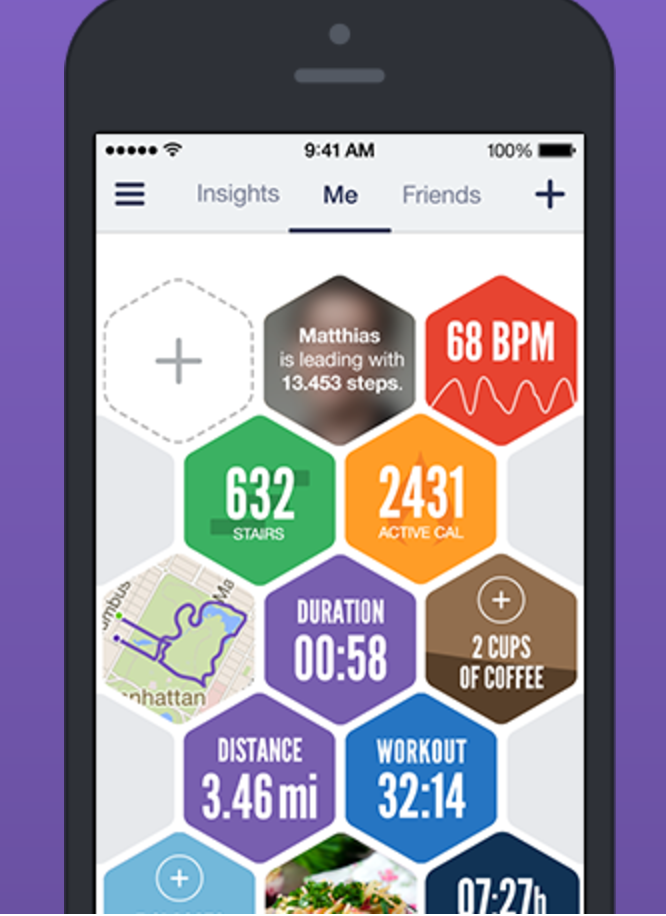 A team of NIH-funded researchers at Stanford University have published some results in Nature from a large global study of activity data, as collected by Azumio's Argus smartphone app. The data has yielded a handful of interesting findings that could have implications for public health programs targeting obesity.
A team of NIH-funded researchers at Stanford University have published some results in Nature from a large global study of activity data, as collected by Azumio's Argus smartphone app. The data has yielded a handful of interesting findings that could have implications for public health programs targeting obesity.
"The study is 1,000 times larger than any previous study on human movement,” Scott L. Delp, head researcher and the director of the Mobilize Center at Stanford University, said in a statement. “There have been wonderful health surveys done, but our new study provides data from more countries, many more subjects, and tracks people’s activity on an ongoing basis in their free-living environments versus a survey in which you rely on people to self-report their activity. This opens the door to new ways of doing science at a much larger scale than we have been able to do before.”
Specifically, the dataset, which began to be collected in 2015, included a total of 68 million days of minute-by-minute step recordings from 717,527 anonymized Argus users. Residents of 111 countries participated, but researchers looked most closely at the 46 countries that had at least 1,000 users. Unsurprisingly, participation skewed heavily toward higher income countries, though about 10 percent of participants heailed from middle income countries.
The main takeaway from the study was that it wasn't the average activity of a country that correlated with its obesity rates, but the range of activity levels contained in that average. Countries where everyone reported similar levels of activity had much lower obesity rates than countries like the United States, which has a mix of very active and very sedentary users. In fact, the study group form the five countries with the greatest activity inequality were almost 200 percent more likely to be obese than those from the five countries with the lowest activity inequality.
Another finding about countries with high activity inequality was that it also broke down on gender lines, with women being generally less active than men. Zeroing in on the city level in the United States, there was a correlation between the walkability of a city and its activity equality -- and that correlation was more pronounced among women.
When the Stanford-Azumio partnership launched back in late 2015, Azumio CEO Bojan Bostjancic told MobiHealthNews that activity data was just one small part of the data that was being collected.
"The team that is working with Stanford on the data is coming from a different group," he said at the time. "There are people interested in mobility, how people walk, gait, that sort of thing. There are people interested in diet and obesity. There are people who study social networks. It’s kind of heterogenous and everyone has their own agenda. There’s a lot of scientific curiosity, looking thorugh these datasets for the first time and trying to see the patterns in them."
Data from one of the other arms that we highlighted at the time – a look at social networks' effect on health behavior led by Pinterest Chief Scientist Jure Leskovec – was presented at a conference earlier this year. The paper showed that social forces accounted for 55 percent of observed behavior change among app users.




















